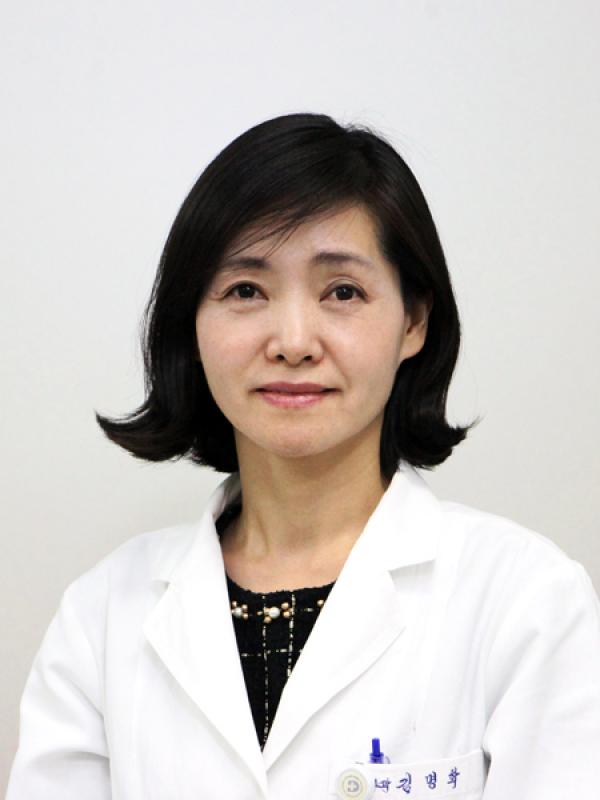1. Socioeconomic factors influencing cosmetic usage patterns. J Expo Sci Environ Epidemiol. 2018 May;28(3):242-250. doi: 10.1038/jes.2017.20.
2. Realistic and aggregated exposure assessment of Korean men and women to color make-up products, Food Chem Toxicol. 2018 Aug;118:382-389. doi: 10.1016/j.fct.2018.05.020. Epub 2018 May 26.
3. May be a Useful Adjuvant Therapy for Retractable Chronic Spontaneous Urticaria: A Systematic Review., Photochem Photobiol. 2020 Jul;96(4):738-740. doi: 10.1111/php.13260. Epub 2020 May 29. PMID: 32144786.
4. Assessment of exposure for baby cosmetic care products in a Korean population. Food And Chemical Toxicology 2017:106;107-113
5. The Clinical Profile of Patients with Psoriasis in Korea: A Nationwide Cross-Sectional Study (EPI-PSODE). Annals of Dermatology 2017:29;462-470
6. Propionibacterium Acnes Induces IL-1β Secretion via The NLRP3 Inflammasome in Human Monocytes. J Invest Dermatol. 2014;134:381-388
7. Propionibacterium acnes Induces an IL-17 Response in Acne Vulgaris that Is Regulated by Vitamin A and Vitamin D. J Invest Dermatol 2014;134:366-373
8. Therapeutic efficacy of holocidin-derived HG1 in a mouse model of Candida albicans oral infection. J Antimicrobial Chemotherapy.2013;68:1152-1160
9. A clinical study of cutaneous adverse reaction to nonionic contrast media in Korea.Ann Dermatol.2012;24:22-25
10. A multicenter study on extramammary Paget’s disease in Korea. International J Dermatology.2011;50:508-515
11. Therapeutic efficacy of Halocidin-derived peptide HG1.Antimicrobial Agents and chemotherapy.2011;55:1296-1299
